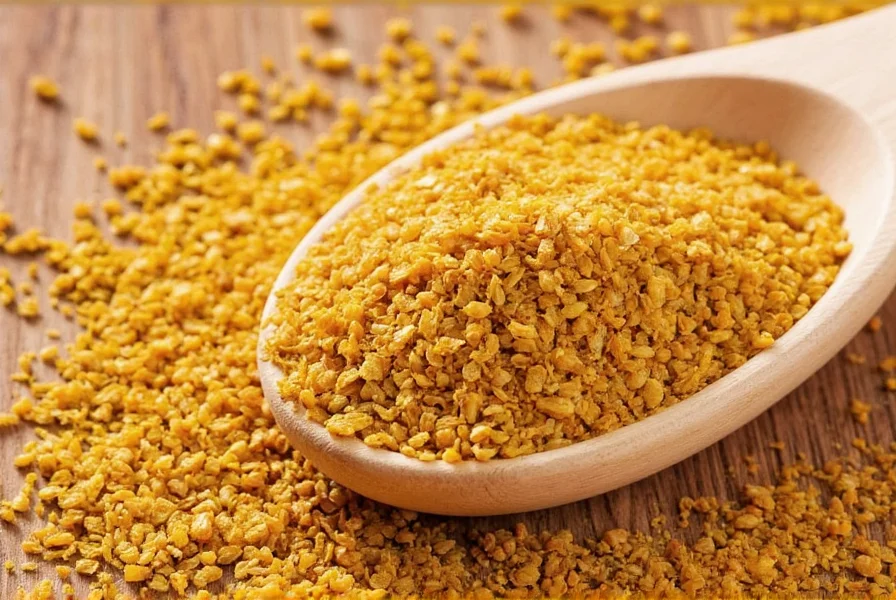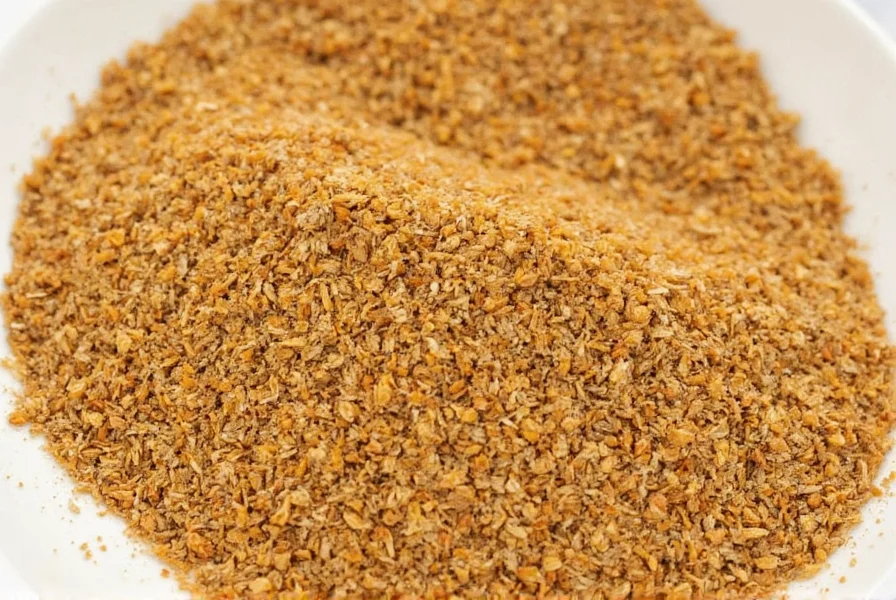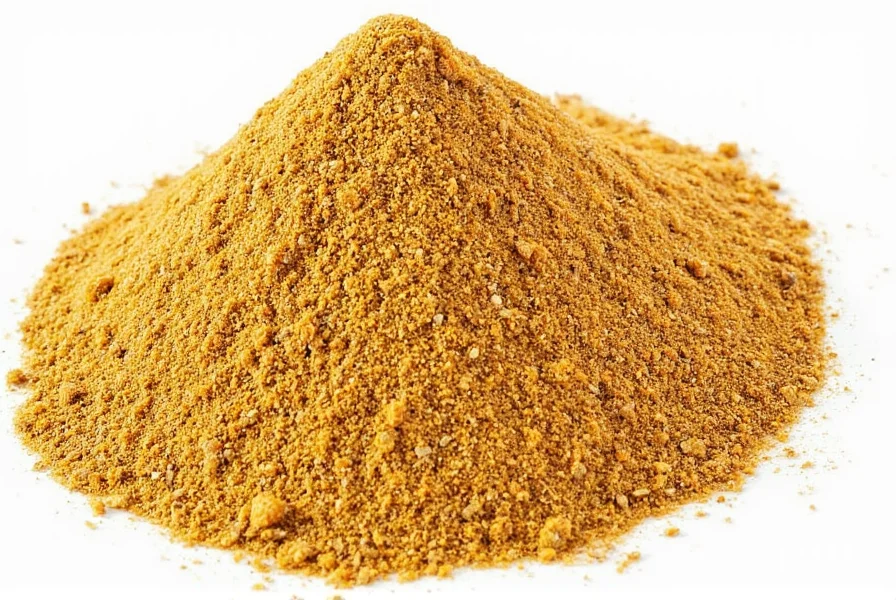Fenugreek spice represents one of the world's oldest culinary and medicinal herbs, with historical records dating back to ancient Egypt. The small, rhomboid-shaped seeds pack a complex flavor profile that transforms dramatically when properly prepared. Understanding how to work with fenugreek separates novice cooks from those who master authentic regional cuisines where this spice plays a starring role.
What Exactly Is Fenugreek Spice?
Fenugreek spice specifically refers to the dried seeds of the fenugreek plant (Trigonella foenum-graecum), not to be confused with fresh fenugreek leaves sometimes used in Indian cooking. Each seed measures approximately 3mm in diameter and features a characteristic shallow groove along one edge. When raw, fenugreek seeds emit a strong, somewhat medicinal aroma with pronounced bitterness. This transforms completely when toasted or cooked, developing the warm, maple-like notes that make it indispensable in many spice blends.

Flavor Profile and Characteristics
Fenugreek's flavor profile presents an interesting paradox. Raw seeds deliver an intense bitterness that can overwhelm a dish if used improperly. However, when dry-roasted or tempered in hot oil—a technique called tadka in Indian cooking—the seeds undergo a remarkable transformation. The bitterness recedes, revealing complex notes of burnt sugar, maple syrup, and roasted nuts. This alchemy explains why experienced cooks never use raw fenugreek seeds directly in most recipes.
The distinctive aroma comes from sotolone, the same compound that gives maple syrup its characteristic scent. This explains fenugreek's traditional use as a natural maple flavoring in foods and even some tobacco products. When evaluating fenugreek spice quality, look for seeds with a strong but not overpowering maple-like fragrance after toasting—this indicates freshness and proper storage.
Global Culinary Applications
Fenugreek spice features prominently across multiple culinary traditions, each using it in distinctive ways:
| Cuisine | Primary Use | Signature Dishes |
|---|---|---|
| Indian | Tempered in oil, ground in spice blends | Sambar, methi chicken, pickles |
| Middle Eastern | Added to breads and spice mixes | Hilbeh (fenugreek dip), Yemeni hawaij |
| Ethiopian | Key component of berbere spice blend | Doro wat, misir wat |
| Mediterranean | Used in small quantities for flavoring | Traditional cheese production |
Different Forms of Fenugreek Spice
Cooks encounter fenugreek in several forms, each serving different culinary purposes:
- Whole seeds - Most versatile form, used for tempering or dry roasting before grinding
- Ground fenugreek - Convenient but loses potency quickly; best when freshly ground
- Kasuri methi - Dried fenugreek leaves with more herbal, less bitter profile than seeds
- Fenugreek powder - Sometimes refers to ground seeds, but can also mean defatted fenugreek meal
Understanding these distinctions proves crucial when following recipes. Substituting ground fenugreek for whole seeds (or vice versa) without adjustment will dramatically alter the final dish. For authentic Indian cooking, whole seeds generally provide superior flavor development through proper tempering techniques.
Practical Usage Guidelines
Mastering fenugreek spice requires understanding proper usage techniques:
- Dry roasting - Heat seeds in dry pan over medium heat for 2-3 minutes until fragrant and slightly darker
- Tempering (tadka) - Add seeds to hot oil at beginning of cooking; they'll sizzle and darken slightly
- Grinding - Always grind roasted seeds just before use for maximum flavor impact
- Measurement - Start with 1/4 teaspoon per serving; fenugreek's strong flavor can dominate if overused
When adding fenugreek to liquid-based dishes like curries or stews, introduce it early in the cooking process. This allows time for the bitterness to mellow while the desirable flavors infuse throughout the dish. For dry preparations like vegetable stir-fries, add tempered fenugreek near the end to preserve its aromatic qualities.
Proper Storage Methods
Fenugreek spice loses potency rapidly when exposed to air, light, and moisture. To maximize shelf life:
- Store whole seeds in airtight glass container away from light and heat
- Keep in cool, dark pantry (not above the stove or near oven)
- Use within 6 months for whole seeds, 3 months for ground fenugreek
- Check freshness by rubbing a seed between fingers—fresh seeds release strong maple-like aroma
Many home cooks make the mistake of keeping fenugreek in clear plastic containers on their spice rack. This dramatically accelerates flavor degradation. For serious cooks who use fenugreek regularly, consider buying smaller quantities more frequently rather than stocking up.

Fenugreek Substitutes and Alternatives
When you need fenugreek spice substitutes, consider these options based on your recipe:
- For curry dishes - A pinch of celery seeds combined with a touch of maple syrup
- For breads and flatbreads - A small amount of mustard powder plus fennel seeds
- For pickling - A combination of mustard seeds and a tiny bit of smoked paprika
- For maple flavor - Pure maple extract (use sparingly—1/8 teaspoon replaces 1 teaspoon fenugreek)
Keep in mind that no substitute perfectly replicates fenugreek's unique flavor profile. In traditional Indian recipes where fenugreek appears as a primary spice (like methi chicken), substitutes will noticeably alter the authentic taste. For dishes where it plays a supporting role in spice blends, substitutions work better.
Health Considerations and Research
While fenugreek has historical use in traditional medicine systems, modern research shows mixed results regarding health benefits. Some studies suggest potential blood sugar regulation properties, though more research is needed. The seeds contain fiber, iron, and various phytochemicals. As with any food consumed for potential health benefits, moderation remains key—fenugreek contains compounds that may interact with certain medications.
Culinary use of fenugreek spice in normal food quantities presents no known health risks for most people. Those with peanut or chickpea allergies should exercise caution as fenugreek belongs to the same plant family. Pregnant women should consult healthcare providers before consuming fenugreek in medicinal quantities, though culinary use appears safe.
Troubleshooting Common Fenugreek Issues
Many cooks encounter these common fenugreek challenges:
- Bitter dish - Usually from using too much raw fenugreek; balance with sweet or acidic elements
- Burnt flavor - Fenugreek burns easily; always use medium-low heat when tempering
- Weak flavor - Old or improperly stored fenugreek; try fresh seeds with proper toasting
- Confusion with methi leaves - Remember: seeds and dried leaves (kasuri methi) are different ingredients
When fenugreek dominates a dish unpleasantly, adding a small amount of dairy (like yogurt or cream) can help mellow the bitterness without compromising the overall flavor profile—a technique commonly used in North Indian cuisine.
Conclusion
Fenugreek spice represents one of those culinary ingredients that seems challenging at first but becomes indispensable once mastered. Its unique flavor transformation from bitter raw seed to complex aromatic component exemplifies why certain spices remain central to regional cuisines for centuries. By understanding proper handling techniques, storage methods, and appropriate usage levels, home cooks can confidently incorporate this ancient spice into their repertoire and create more authentic, flavorful dishes.
Frequently Asked Questions
What does fenugreek spice taste like?
Raw fenugreek seeds have a pronounced bitter taste with medicinal notes. When properly roasted or tempered in hot oil, they develop a complex flavor profile with warm, nutty notes and hints of maple syrup or burnt sugar. The bitterness significantly reduces during cooking, leaving a rich, earthy depth that enhances many dishes.
Can I substitute ground fenugreek for whole seeds?
Yes, but with important adjustments. Use 3/4 teaspoon ground fenugreek for every 1 teaspoon of whole seeds called for in a recipe. Remember that ground fenugreek has a more immediate impact since it doesn't require the flavor-releasing step of tempering whole seeds. For best results, add ground fenugreek later in the cooking process than you would whole seeds.
Why does my curry taste too bitter after adding fenugreek?
Bitterness usually occurs when using too much fenugreek or adding it improperly. Fenugreek seeds must be properly tempered in hot oil or dry-roasted before use to reduce bitterness. If your dish is too bitter, try adding a small amount of dairy (like yogurt), a touch of sweetness (sugar or honey), or an acidic element (lemon juice) to balance the flavors. In the future, start with less fenugreek—1/4 teaspoon per serving is often sufficient.
How can I tell if my fenugreek seeds are fresh?
Fresh fenugreek seeds should have a strong but pleasant maple-like aroma when rubbed between your fingers. They'll appear uniformly amber-colored with no signs of fading. When roasted, they should darken slightly and emit a warm, nutty fragrance without any musty or stale odors. If the seeds look dull, feel lightweight, or lack aroma when roasted, they've likely lost potency and should be replaced.
What's the difference between fenugreek seeds and kasuri methi?
Fenugreek seeds come from the plant's pods and have a strong, bitter-sweet flavor when raw that transforms when cooked. Kasuri methi refers to dried fenugreek leaves, which have a more herbal, grassy flavor with less bitterness. They're used differently in cooking—seeds typically get tempered at the beginning of cooking, while dried leaves often get sprinkled in at the end. Don't substitute one for the other measure-for-measure as they have distinct flavor profiles and uses.











 浙公网安备
33010002000092号
浙公网安备
33010002000092号 浙B2-20120091-4
浙B2-20120091-4